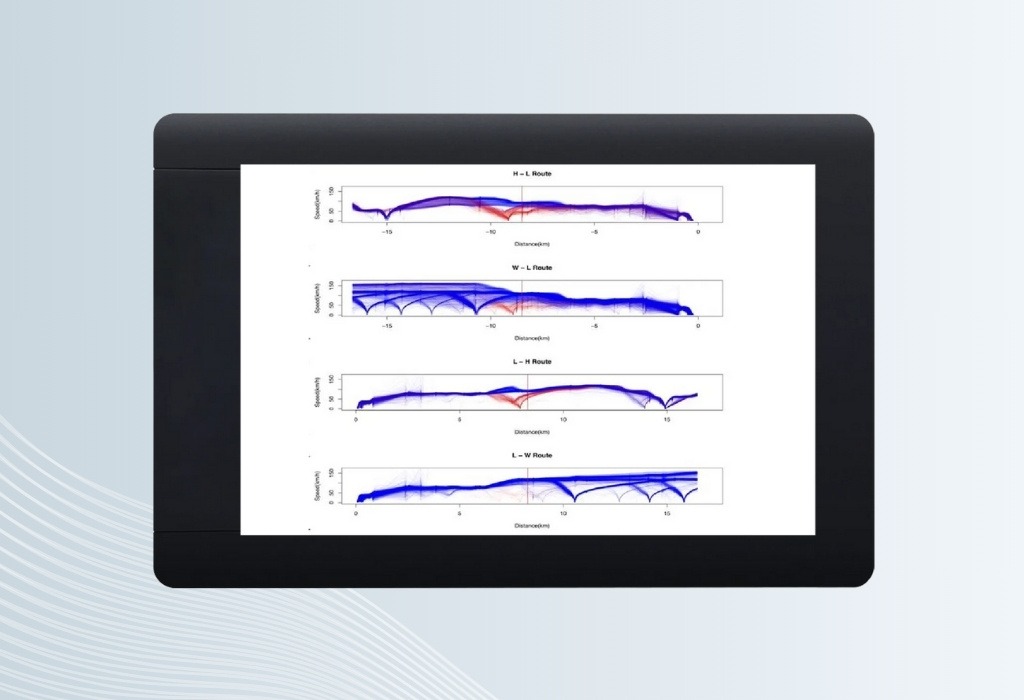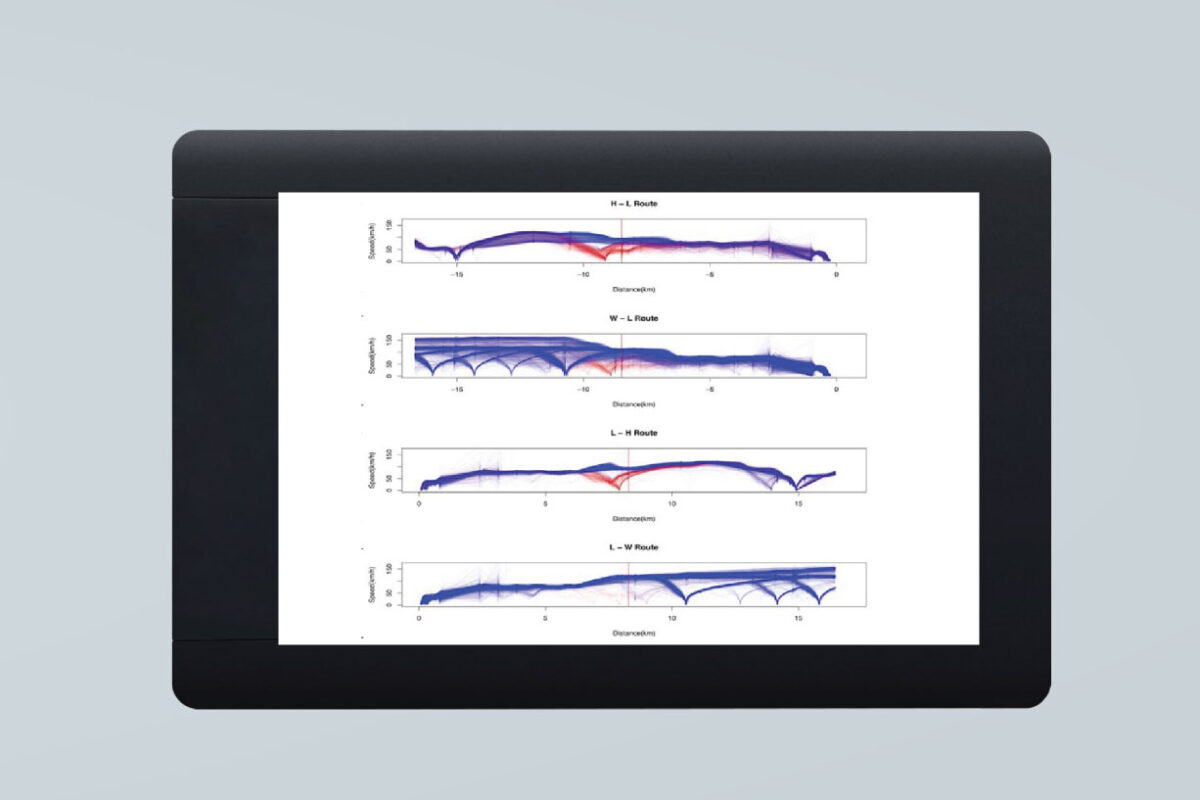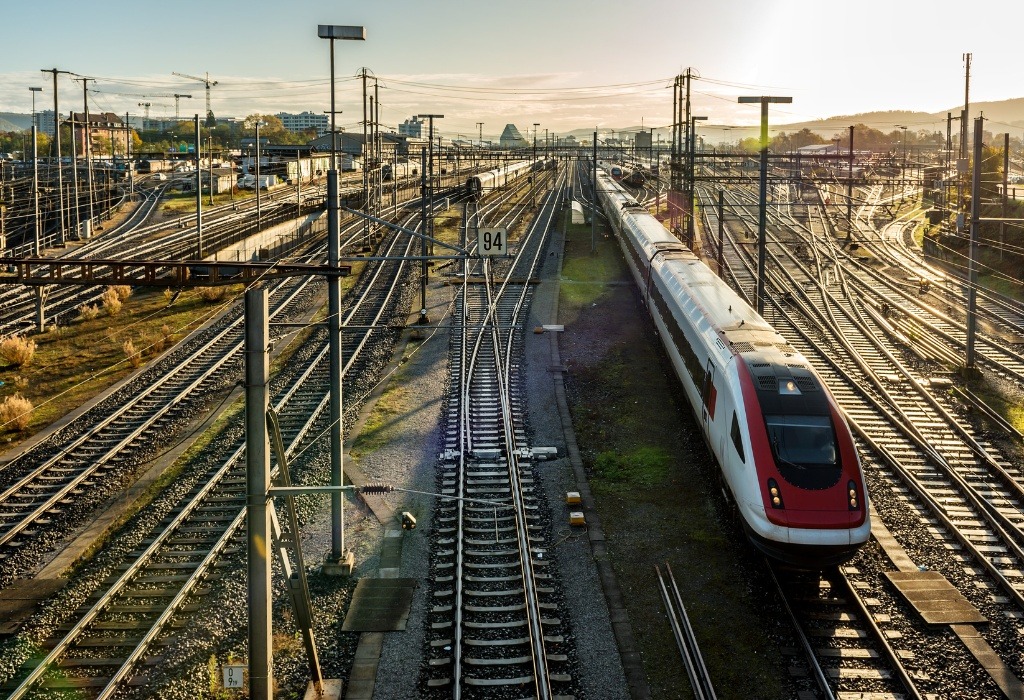Enhance network efficiency
Junction Scheduler is a module of the Unify platform that provides advanced rail traffic management. By automatically re-planning train movements through junctions in real-time, it minimises delays and optimises energy use, ensuring smoother and more efficient operations across your network.

Improved punctuality
Resolves scheduling conflicts at junctions in real-time to prevent delays.


Energy efficiency
Avoiding red signals and coasting through requires less heavy braking and accelerating. Optimal driving reduces fuel consumption, making a significant contribution to your bottom line when energy use can be half of a locomotive's lifetime operating cost.


Reduced wear and tear
Less heavy braking and acceleration reduces wear and tear, extending the life of your rail assets and making maintenance schedules more predictable.


Conflict detection and resolution
Junction Scheduler automatically re-plans train movements through junctions to minimise delays at an individual junction, or a network of junctions. It does this by resolving conflicts automatically in real-time, while also considering energy use – important for congested rail networks.



